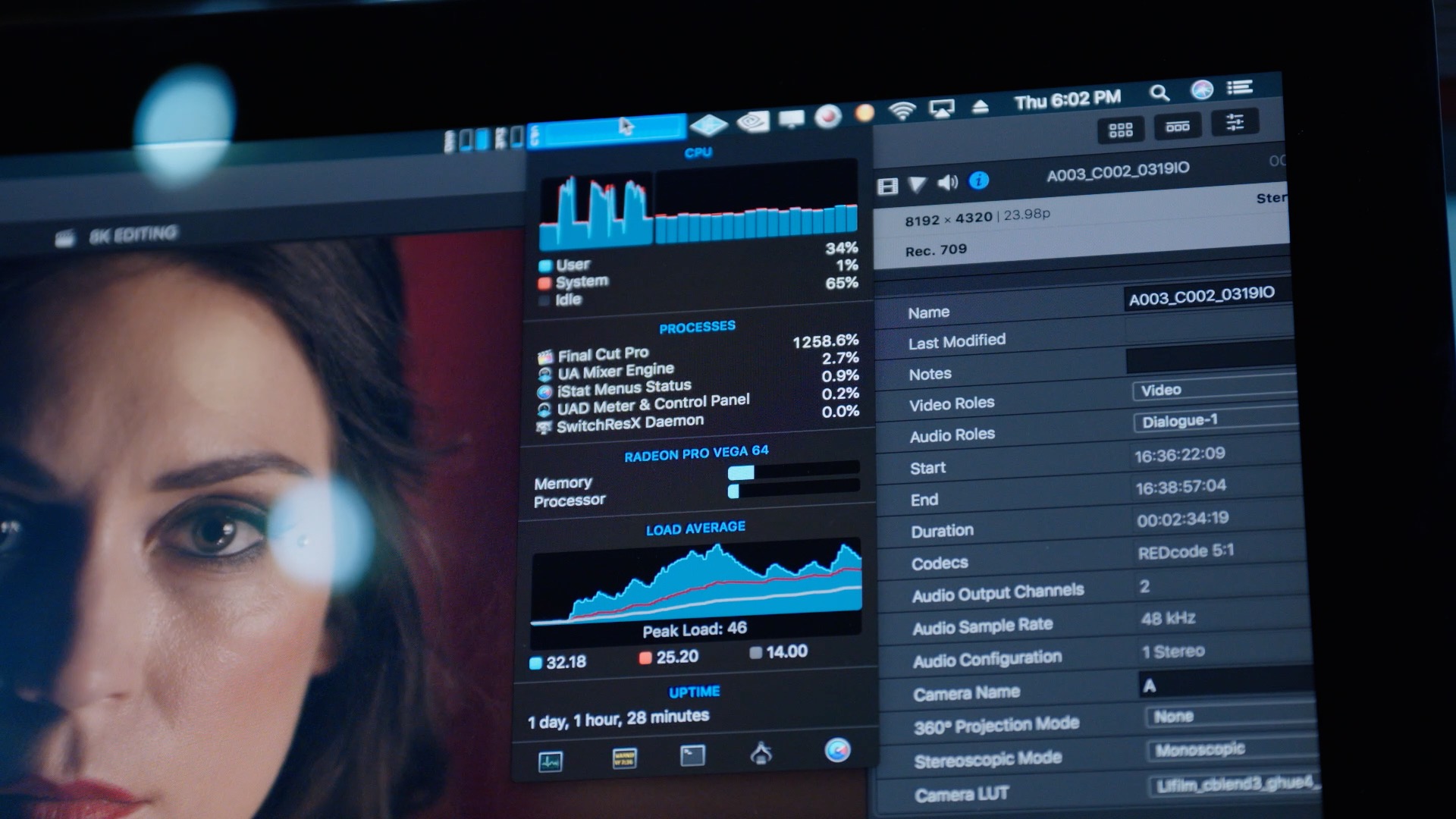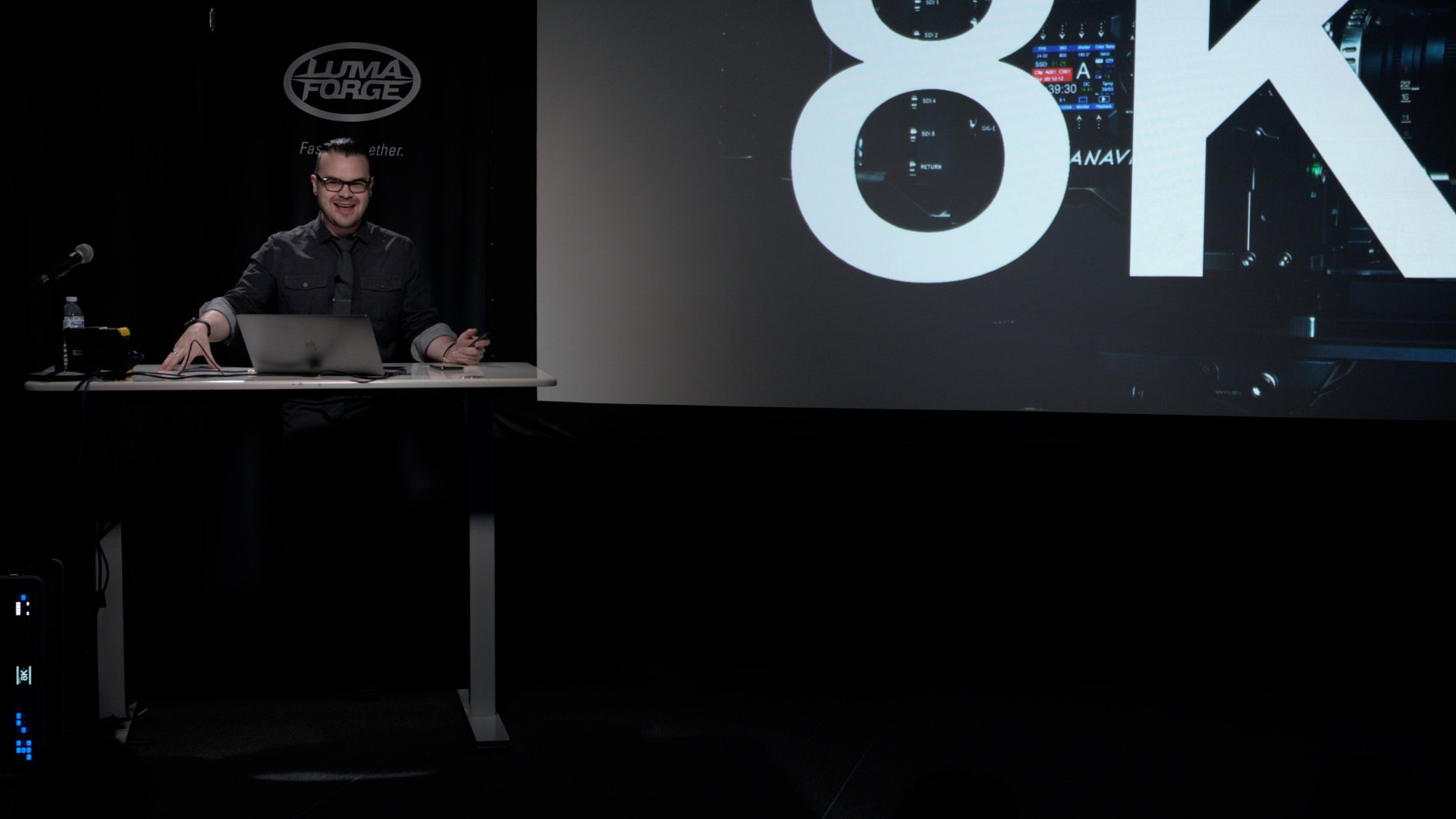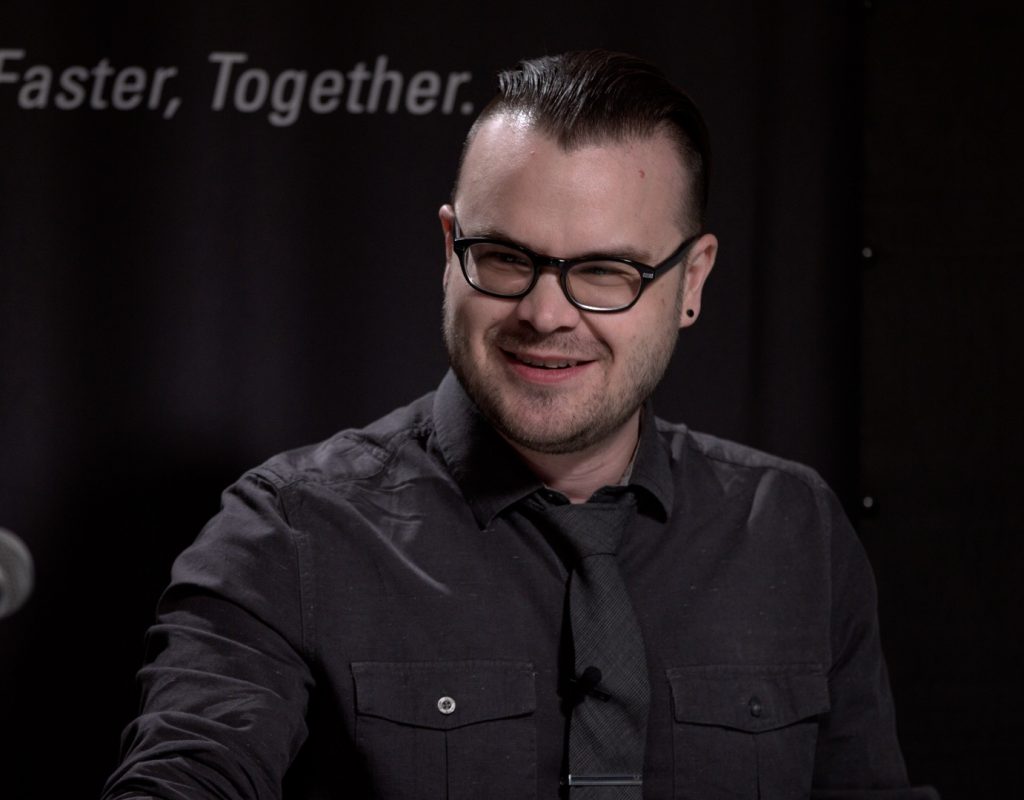How many 4K TVs are on the shelves at Best Buy? Quite a few, right? You can pretty much pick up a 4K television for what it used to cost for a flat screen HD model. If you can recall, there was a time when shooting in 4K was possible, but it was difficult to deliver to 4K. Not so much anymore.
However, during that period of time, we discovered that shooting in 4K for an HD deliverable had it’s benefits. You could reframe the image, it helped with noise, and the downscale from 4K to HD could make for clearer images.

Now that we have 4K televisions, we’re starting to shoot in 5K, 6K and 8K to gain similar benefits. This is all well and good. At NAB 2018, there were a number of 8K consumer televisions shown. Some may remember in years past when NHK was demonstrating 8K broadcast. At the time it seemed like a broadcasting pipe dream. However, 8K delivery is now possible. But is it worth our time? Many argue that the human eye can’t resolve 8K anyway.
Enter Michael Cioni. The SVP of Innovation at Panavision and Light Iron believe that 8K delivery is inevitable.

Not only that, 8K is just another moment in the future of higher resolution imagery. Using Moore’s Law as an example, Cioni addressed much of the push back to higher resolution exhibition during his presentation at the Faster, Together Stage.
Cioni also demonstrated that 8K editorial is here now. There is no need to wait. You can currently edit in 8K in both Final Cut Pro X and DaVinci Resolve. There is even an 8K monitor that can play back 8K pixel for pixel from your editing software.
Whether or not you think 8K is helpful, it is coming. Whether it be for IMAX, TV, or VR, 8K deliverables will be a part of our future as filmmakers. Will you be ready for it?



